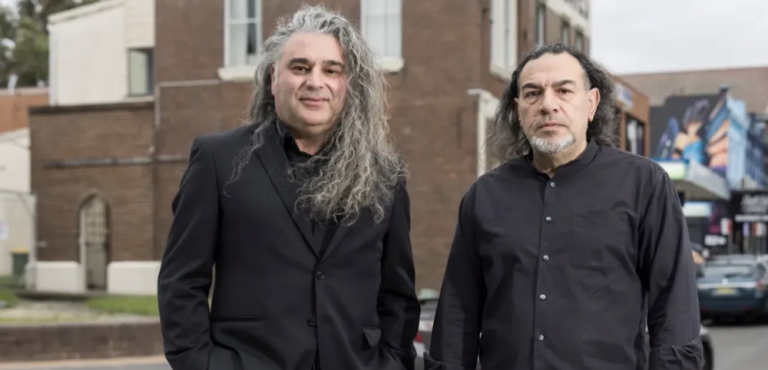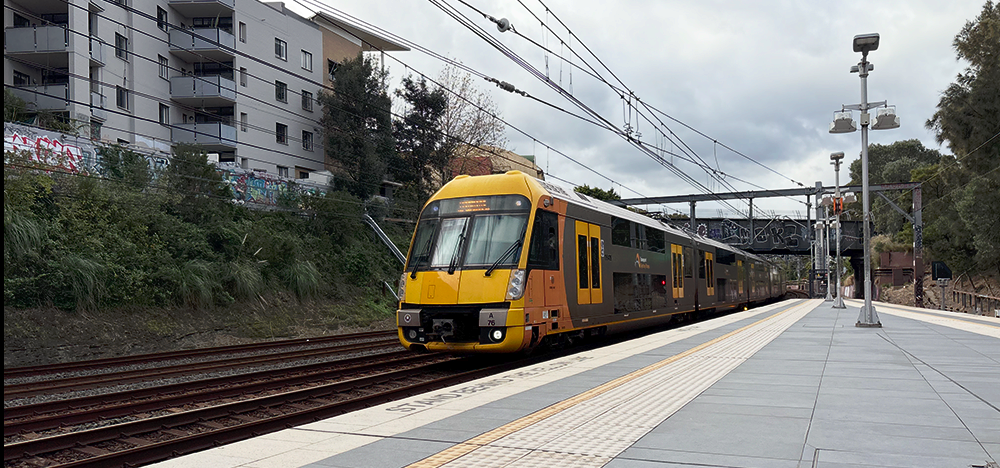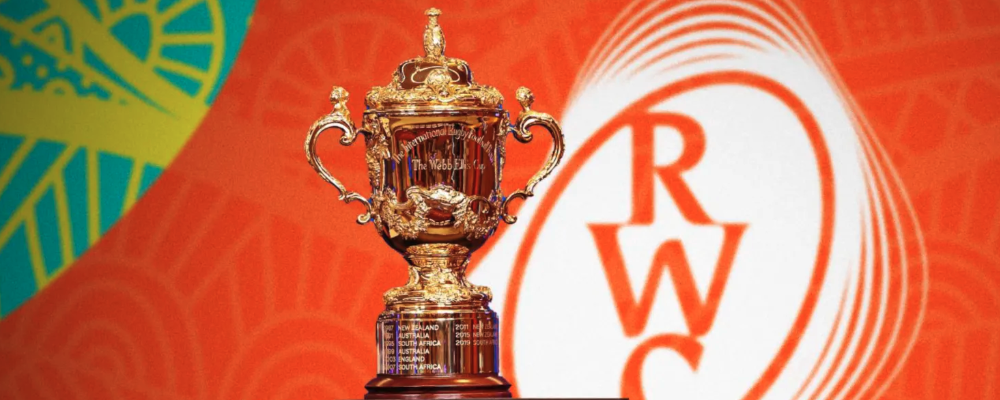
Where is your aid money going? You may not like the answer
On November 16 Australia’s Foreign Minister Kevin Rudd announced a review of Australia’s overseas aid program. This will be the first review of the aid program since the 1997 Simons Review which called for a shift in the aid program from being used for foreign policy and commercial goals to one clear objective: poverty alleviation and sustainable development.
When you think of aid money being spent by the Australian government you would imagine projects directed toward philanthropic ends – the improvement of the lives of poor people through projects that address health, clean water, education, sustainable livelihoods or the mitigation of climate change effects.
In reality, aid is often driven by Australia’s national strategic and commercial interests. The overarching objective of Australia’s aid program is to assist developing countries to reduce poverty “in line with national interest”. This has translated into Australian aid money being used as a vehicle to promote Australia’s commercial and strategic interests as evidenced by spending on off-shore detention centres in Nauru (as under the Howard Government), controlling ‘irregular’ immigration and upgrading detention facilities in Indonesia (as announced in the 2010/11 aid budget), and an increasing presence of Australian Federal Police in the Pacific in the name of ‘good governance’.
Many people would be surprised to learn that the Australian Federal Police ($540 million between 2005/06 and 2007/08) and Australian Defence Force ($182 million between 2005/06 and 2007/08) are the largest government department recipients of aid money outside of AusAID. This year’s aid budget also includes funding for the Australian Defence Force in Afghanistan. According to a recent report by the Australian Council for International Development, “The ADF does not appear to disaggregate its aid operations from military operations in Afghanistan.” Nor have the ADF-supported development projects “been evaluated for cost effectiveness, impact or outcome.”
Another ongoing problem of Australian aid is what has been termed ‘boomerang aid’ – aid that basically comes back to Australia as profit. It bypasses the people that need it most and instead funds Australian companies and their consultants and the purchase of Australian goods and services. A 2009 report by the Australian National Audit Office states that Australia’s largest managing contractors “were together responsible for delivering 70 per cent of Australia’s bilateral aid program expenditure.”
Unchecked global warming is another critical issue which Australia’s aid program needs to address effectively. Climate change is felt most harshly by the poor worldwide – not least in the Pacific Islands, yet Australia’s additional climate aid is zero. The $160 million to be spent on climate aid during 2010-11 is from previously announced commitments. Australia double-counts this money as both United Nations Framework Convention on Climate Change (UNFCCC) financing and as aid money, breaking UN requirements that climate finance be additional to aid.
In a similar sleight of hand, aid money is being used to support a campaign for the recognition of forest carbon credits at the UN as a way of offsetting Australian emissions. This is despite the protests of non-government and indigenous people’s organisations who argue the offset schemes are ineffective in reducing overall emissions, and are undermining the livelihood of subsistence farmers and displacing forest-dwelling people.
With an aid budget for 2010-2011 of $4.3 billion, it is essential there be more oversight and public scrutiny of aid expenditure. Yet, little detailed information is available from AusAID about how aid is spent, especially when it flows through contractors that have in place ‘commercial in confidence’ agreements. This ‘secret aid’ should be revealed for scrutiny. Multi-million dollar contracts are awarded with little information explaining to the public what the money is used for. Budgets should be broken down and all evaluation reports should be made public.
AID/WATCH is launching its online guide, Where is Your Aid Money Going? because it is essential to increase awareness of how the aid budget is being spent so we can advocate for aid that is about social justice, equity and genuine poverty reduction.
By Gary Lee
www.aidwatch.org.au/where
Gary Lee is Director of Campaigns at AID/WATCH, an independent watchdog on aid, trade and debt.









